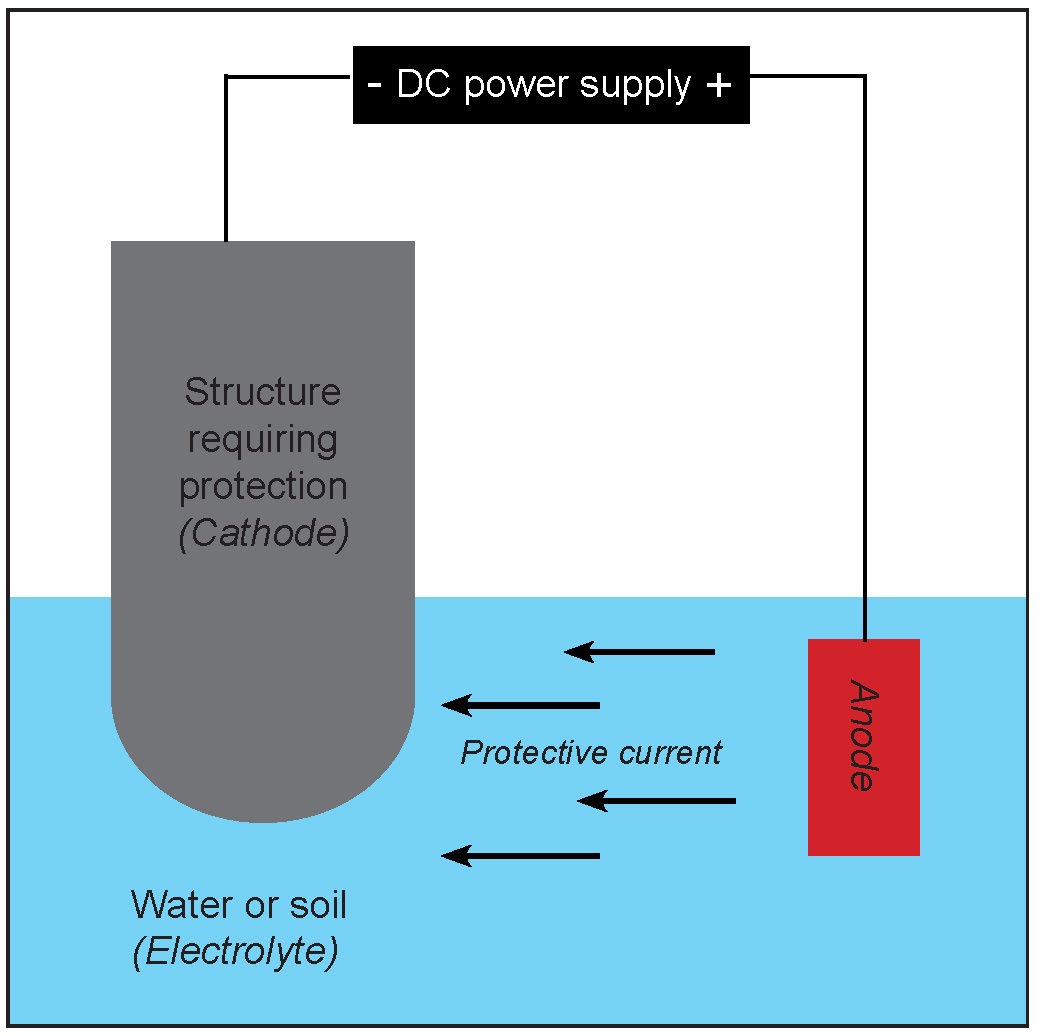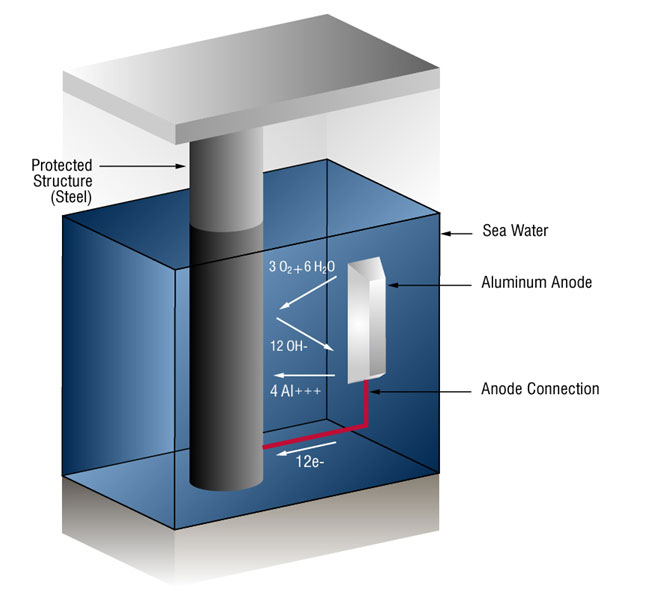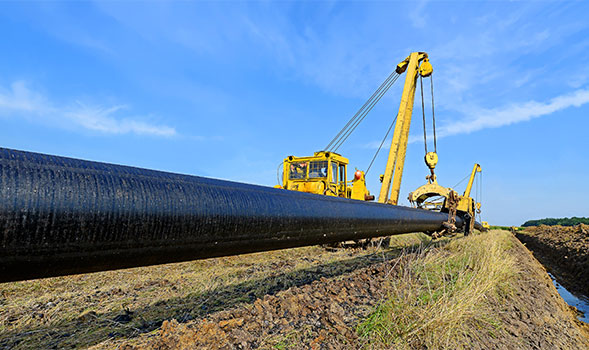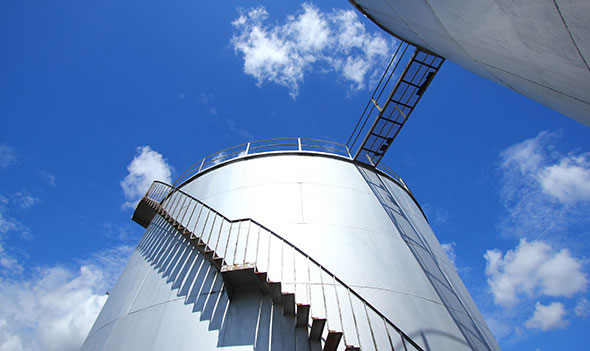16 Years of Chinese Leading manufacturer
Cathodic Protection
Whether your project is extensive or compact, as a Keeper client, you'll enjoy the guidance of top-tier cathodic protection and anti-fouling expert engineers. They're here to deliver the optimal solution that perfectly aligns with your requirements.


Explore our expert
What is cathodic protection?
Cathodic protection is commonly used to mitigate corrosion damage to buried or submerged metal surfaces. It is used all over the globe to protect a wide range of structures.

Cathodic Protection System Types
Applications

Pipeline

tank

Solar power

Offshore wind power
FAQ
What Is an Anode?
An anode, a crucial element in CP systems, serves as the electron source, emitting direct current (DC). The anode maintains a more negative charge compared to the safeguarded structure.
What Is a Cathode?
In a CP system, the cathode is the structure being protected. It serves as the destination for the discharged current from the anode. The cathode maintains a more positive charge compared to the protected structure. As electrons flow towards the cathode, it polarizes or becomes increasingly electrically positive.
What types of structures typically need cathodic protection?
Cathodic protection is typically applied to structures that are either buried or submerged. Common examples of assets that benefit from CP include steel pipelines in the oil and gas industry, steel and ductile iron water pipes, tank bases of large above-ground storage tanks, ductile iron risers for fire hydrants, and anchor cables for HVAC transmission towers. In marine environments, structures like steel pilings, sheet pile walls, ships, and other large vessels often require cathodic protection. These are just a few instances of CP applications, as there are many others.
When can I be sure that my structure has cathodic protection? What are the criteria for Cathodic Protection?
You can confirm that a structure is cathodically protected by using two fundamental criteria according to NACE International standards. The first criterion is achieving a 100mV polarization. Here's how it works: first, measure the potential of the structure without any cathodic protection (native potential). Then, after applying cathodic protection long enough to induce polarization, measure the potential again. If the potential difference exceeds 100 mV, the structure is protected, often referred to as the 100 mV shift criterion. The second criterion is the -850 mV Off potential criterion. In this case, a native potential baseline is not needed. This criterion simply requires that the structure's potential is more negative than -850 mV after accounting for all current sources (by momentarily turning them off).
